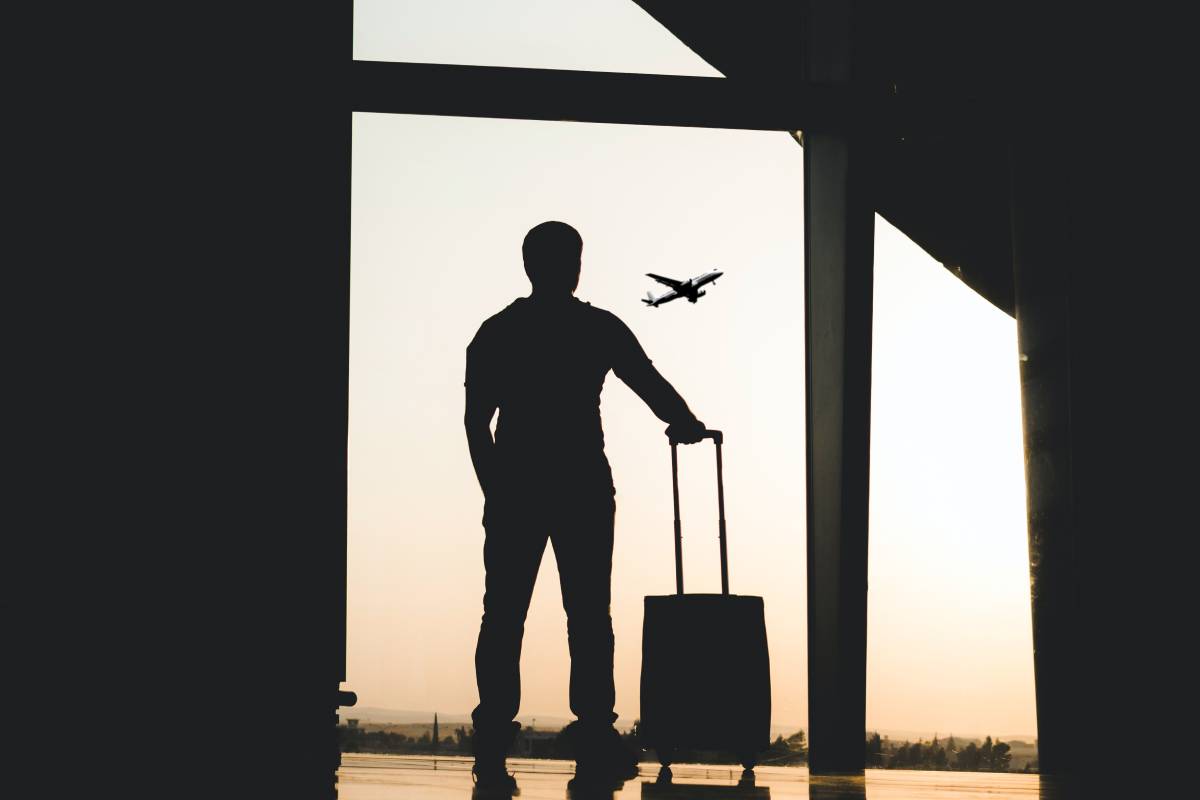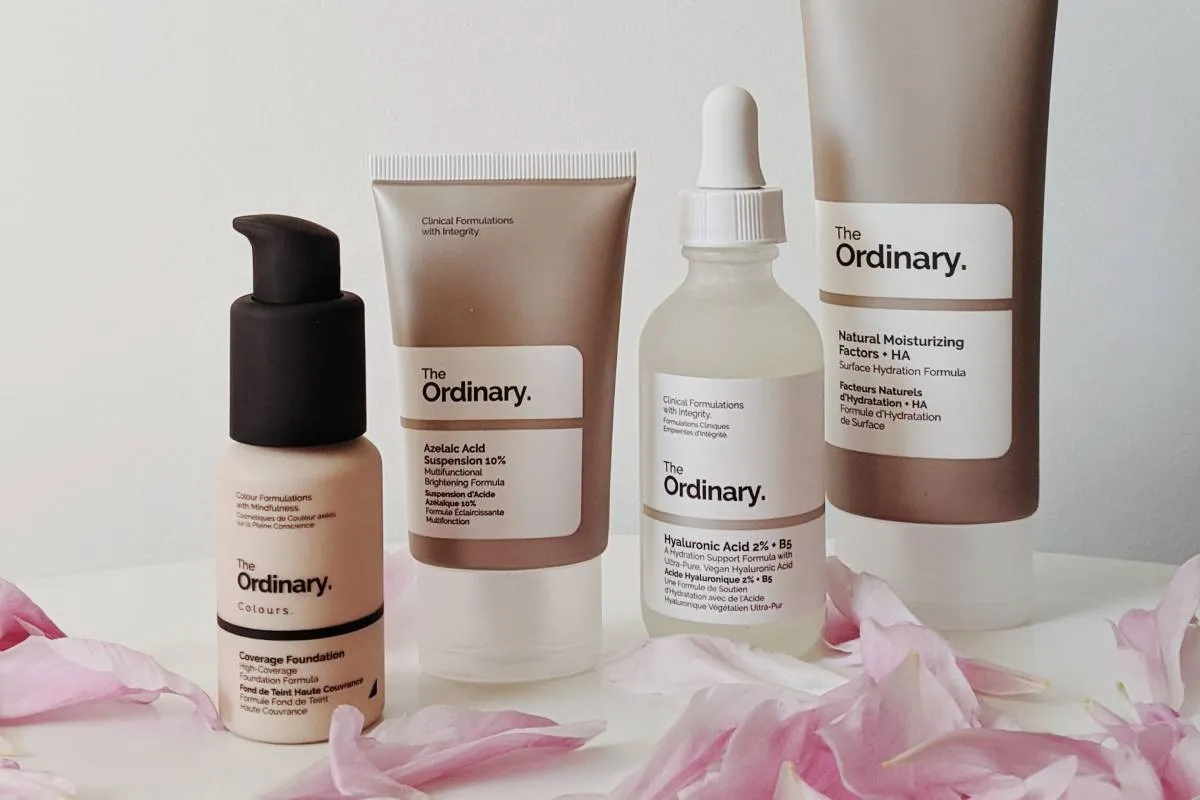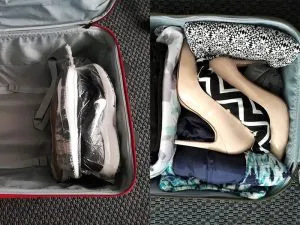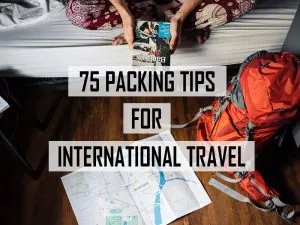 If you’re a seasoned traveler, the chances are that the TSA’s 3-1-1 rule for liquids has caught you off guard at some point. That well-intentioned toiletry kit or fancy champagne bottle from duty-free has suddenly become an obstacle, potentially leading to a frustrating start to your trip. So what’s the solution? Knowledge is power, and understanding the rules can make your airport experience a breeze.
If you’re a seasoned traveler, the chances are that the TSA’s 3-1-1 rule for liquids has caught you off guard at some point. That well-intentioned toiletry kit or fancy champagne bottle from duty-free has suddenly become an obstacle, potentially leading to a frustrating start to your trip. So what’s the solution? Knowledge is power, and understanding the rules can make your airport experience a breeze.
TL;DR
- The TSA’s 3-1-1 rule allows a maximum of 3.4 ounces (100 milliliters) of liquids per container in your carry-on.
- The rule was implemented in 2006 to enhance airplane security against potential threats.
- Complying with the rule can speed up the security screening process and make your travel experience smoother.
- Exceptions to the rule exist for medications and certain food items.
- Being savvy about the rule can save time, money, and stress.
Understanding the 3-1-1 Rule
According to the Transportation Security Administration (TSA), the 3-1-1 rule refers to the maximum amount of liquids, aerosols, and gels passengers can carry in their luggage. It stipulates that each passenger may carry containers with a maximum capacity of 3.4 ounces (100 milliliters) each, all of which should be enclosed in a single, clear, quart-sized plastic bag.
A Quick Trip Down Memory Lane: The Origin of the 3-1-1 Rule
This policy didn’t come out of the blue. The 3-1-1 rule was implemented in 2006 following a foiled terrorist plot that aimed to detonate liquid explosives on transatlantic flights from the United Kingdom to North America. Kip Hawley, former TSA Administrator, underscores the importance of this rule: “The 3-1-1 rule is an important part of our layered approach to security that allows us to separate liquids, aerosols, and gels from other potential threat items and to focus our efforts on items that could be used to cause catastrophic damage to an aircraft.”
Maximize Your Benefits: Tips for Navigating the 3-1-1 Rule
Now that we’ve unveiled the backstory, how can this information help you, dear traveler? Here are some insider tips to keep you savvy about this rule:
- Be selective about your liquids: Choose multi-purpose toiletries to maximize space.
- Leverage travel-size versions: They adhere to the TSA regulations and can be a lifesaver.
- Consider solid alternatives: Swap out your liquid toiletries with solid versions where possible. Solid deodorants, perfumes, and soaps are all game-changers.
Unpacking the Exceptions
Yes, there are exceptions! Medications, infant and child nourishments, and breast milk are exempt from the 3-1-1 rule. However, do inform the TSA officer at the beginning of your screening process about these exceptions.
FAQs
What is the 3-1-1 rule for carry-on luggage?
The 3-1-1 rule stipulates that each passenger may carry containers with a maximum capacity of 3.4 ounces (100 milliliters) each of liquids, aerosols, and gels in their carry-on luggage, all of which should be enclosed in a single, clear, quart-sized plastic bag.
When was the 3-1-1 rule implemented?
The 3-1-1 rule was implemented in 2006 following a foiled terrorist plot that aimed to detonate liquid explosives on transatlantic flights.
What are some tips for navigating the 3-1-1 rule?
Being selective about your liquids, leveraging travel-size versions of your favorite products, and considering solid alternatives for some toiletries are some of the best strategies to comply with the 3-1-1 rule.
Are there any exceptions to the 3-1-1 rule?
Yes, medications, infant and child nourishments, and breast milk are exempt from the 3-1-1 rule. It’s important to inform the TSA officer about these at the beginning of your screening process.
How does understanding the 3-1-1 rule benefit travelers?
Understanding and complying with the 3-1-1 rule can speed up the security screening process, prevent the disposal of personal items at checkpoints, and make the overall travel experience smoother.
Can I carry a separate bag for my medications?
Yes, medications are not subjected to the 3-1-1 rule and can be packed in a separate bag. However, they must be declared and screened separately at the security checkpoint.
Is the 3-1-1 rule only for US airports?
While the 3-1-1 rule was implemented by the US Transportation Security Administration, many international airports have adopted similar measures for security reasons. It’s always wise to check the regulations of the countries you’re traveling to.
Can I purchase larger quantities of liquids after passing security?
Yes, larger quantities of liquids purchased from stores located after the security checkpoint (duty-free shops) or on board the aircraft are allowed. These need to be packed in a secure, tamper-evident bag by the retailer.
Knowledge is indeed power. So now that you’re well-equipped with all the information about the TSA’s 3-1-1 rule, navigating airport security will be a breeze. Keep these tips and tricks in your arsenal, and enjoy a stress-free, comfortable journey. Safe travels!
In Conclusion
Mastering the art of the maximum liquid carry-on airplane rule can significantly streamline your airport security experience. Next time you pack your bags, remember the 3-1-1 rule, and embark on your journey with the confidence of a savvy traveler. So, pack smart, fly high, and make your journey a tale worth sharing.

 (5 votes, average: 4.80 out of 5)
(5 votes, average: 4.80 out of 5)













Kevin, your writing always resonates, and this piece was no exception! Your insights on urban gardening are spot-on. I’ve been growing herbs in my city apartment for the past two years, and the greenery definitely brightens up the place. Have you found any particular plants that thrive better in urban environments? Also, what’s your take on hydroponics for city dwellers? I feel like it’s an area often overlooked. Let’s get others thinking about this too! 🌱🏙️